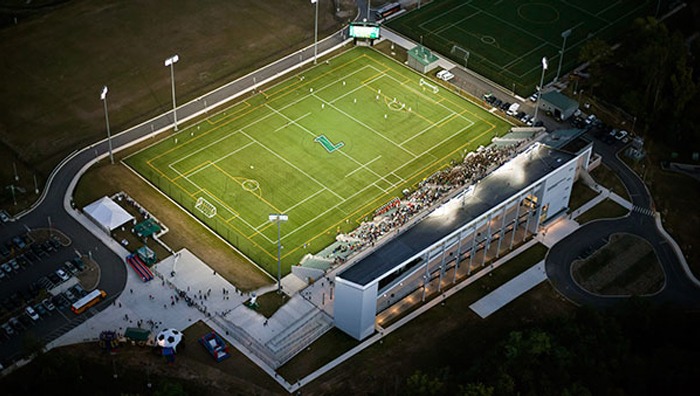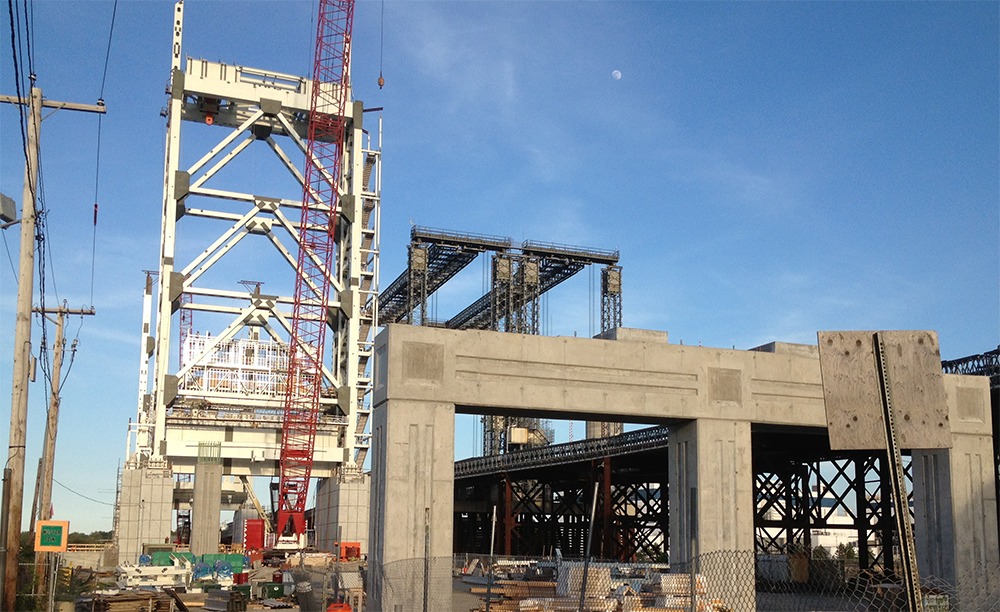
Higher education
Geothermal system design and construction enables Boston’s largest fossil-fuel-free building
90%
of building heating and cooling provided by geothermal system
1,500 feet
depth of geothermal wells — the deepest for any U.S. project
345K square feet
in building area, making it the largest fossil-fuel-free building in Boston
Summary
- Haley & Aldrich helped Boston University (BU) and its project team achieve ambitious plans for the brand-new Center for Computing & Data Sciences (CCDS). In addition to becoming a striking addition to Boston’s skyline, the CCDS would be the city’s largest fossil-fuel-free building.
- KPMB, the project’s visionary design leader, turned to Haley & Aldrich for geothermal design, geotechnical design, and environmental services because of our history working below ground on BU’s campus and our successful record designing and installing complex geothermal systems in New England.
- The site constraints posed unusual challenges for the design and installation of the geothermal system. We promoted a concentric well design (the Rygan HPGX system) capable of working to depths of 1,500 feet — the deepest in the United States at the time — to install ground-source heat exchangers that circulate water to exchange heat between the building and deep underlying bedrock.
- We worked with BU and multiple drilling contractors to test drilling and installation methods that would reduce borehole deviation while controlling the flow of groundwater into the boreholes. Lessons learned from the testing program proved integral to the final design and installation by Skillings & Sons. BR+A led the design of the mechanical, electrical, and plumbing systems.
- The collaborative success of the geothermal system enabled BU to achieve its goal of a fossil-fuel-free CCDS building, which opened in 2022 and was certified as the school’s first on-campus LEED Platinum building, cemented the school’s position as a green energy leader in Boston and beyond. The system will meet 90% of the structure’s cooling and heating needs, contributing to a building as forward-looking as the disciplines it houses.
For more information contact:

John Kastrinos
Senior Associate, Hydrogeology












